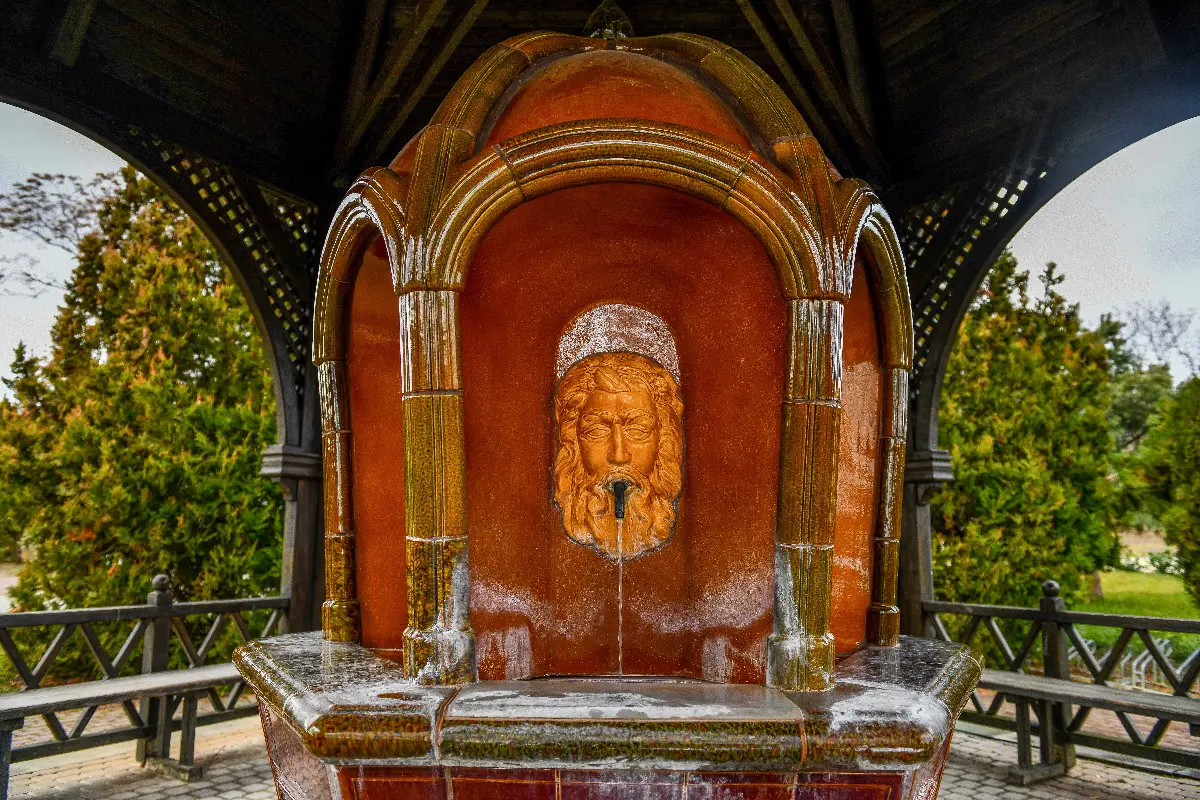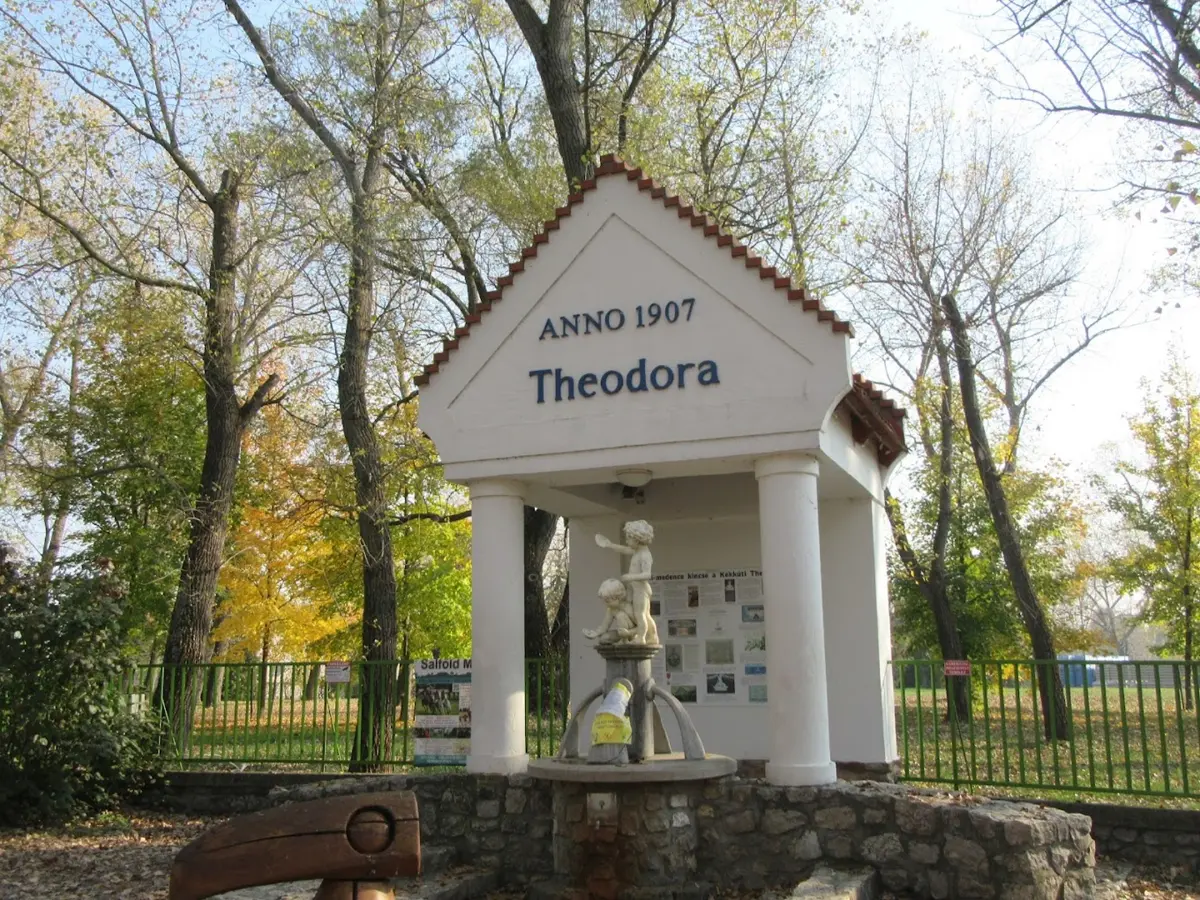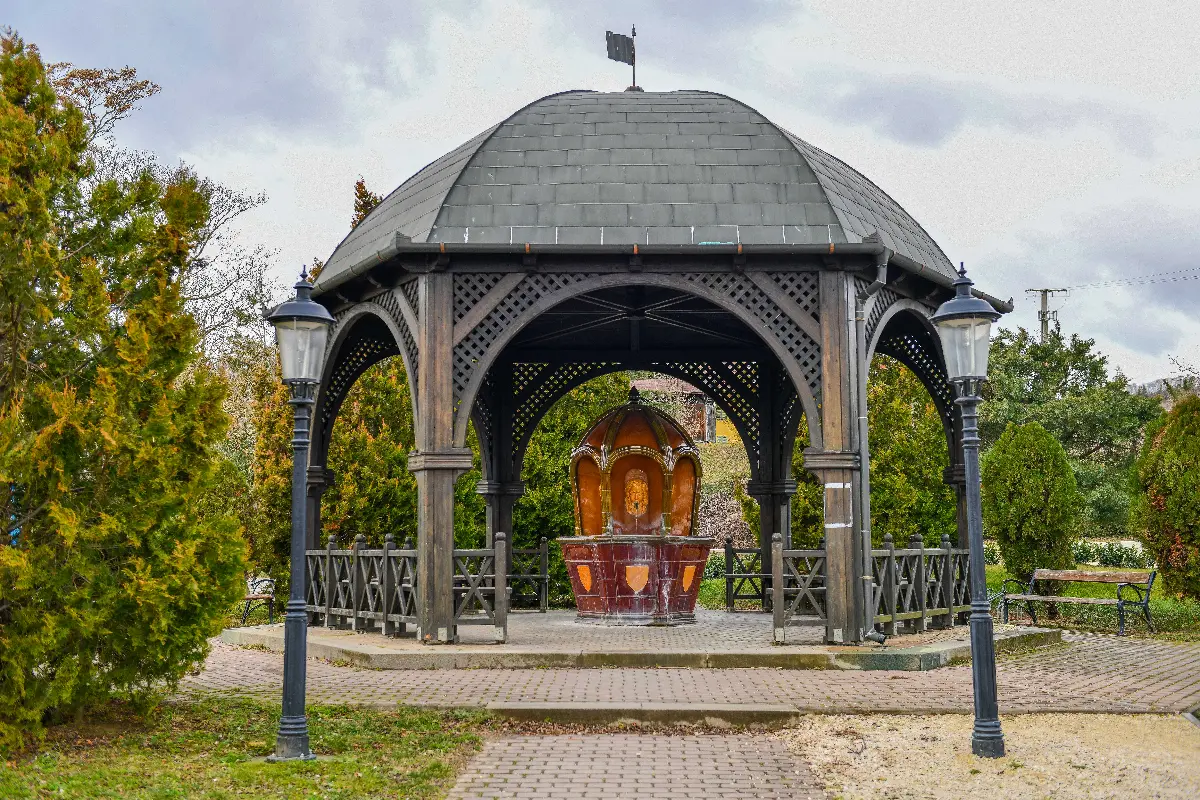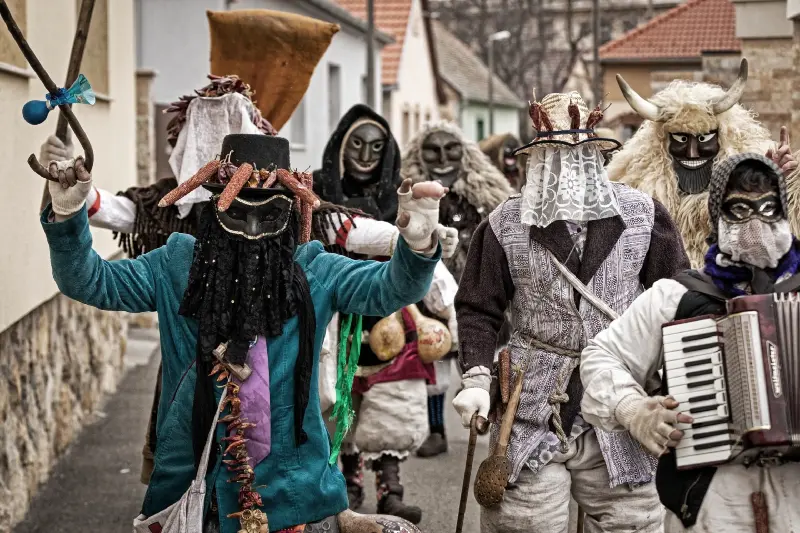
Helyszín címkék:
Water, water, pure water: why is Hungarian mineral water a curiosity?
Mészégető Marcsi
Two-thirds of our body is fluid, and the water we drink flushes and revitalises our organs. As such, hydration is essential for the body to function properly. Yet very little thought is given to what lies beyond the bottle. What is this invigorating, refreshing and healing liquid we drink? One thing is for sure, nature is pulsating in every drop of it. Because water travels a long way before it gets to your glass. As the tiny drop of water breaks through rocks and minerals to the surface, it absorbs everything that nature can offer man: tranquillity, purity, all the mysteries and secrets of the living world. So ultimately, we drink not only to quench our thirst or to meet the two-litre-a-day minimum requirement of fitness regimes, but also to stay in the cycle of life.

Blue gold in our country
It is not by chance that the term ‘blue gold’ has been coined to refer to water. This is a good indication of the value of water, which is increasing. UN experts predict that within a few decades, drinking water could be more expensive than gold. Especially in parts of the world where there is little natural water storage. In contrast, our country is rich in water resources, as we are one of the richest countries in Europe in terms of mineral water resources. This is due to the fact that the Carpathian Basin has special characteristics that give the water that emerges here a favourable mineral content. According to the Hungarian Mineral Water Association, there are currently nearly 120 wells and springs supplying recognised natural mineral water in Hungary, 45-50 of which are bottled. They also range in taste and mineral content, so there’s something for everyone.
Theodora, a source of calcium from the heart of the Lake Balaton Highlands
The history of Theodora Mineral Waters is intertwined with the Káli Basin in the heart of the Lake Balaton Highlands. As early as two thousand years ago, there are written records of the healing effects of the Anna and Theodora springs in Kékkút. The beneficial effects of the spring were also recognised by the Romans. It is named after the Byzantine empress Theodora, whose favourite drink, according to legend, was the mineral water of Kékkút. Currently, water from two springs in Kékkút is bottled: the Theodora Kékkúti and the Theodora Kereki. Kékkúti is the mineral water with the highest calcium content in Hungary, with 280 mg/l calcium. When visiting the Káli Basin, don’t forget to stock up on spring water: you can enjoy the special taste of the historic water and the view of Lake Balaton at the same time.

Szentkirályi, the award-winning mineral water
Szentkirályi mineral water is recognised not only in Hungary, but also in the world, for example, in 2004 it was voted the best mineral water in the world. The mineral water Szentkirályi is named after King Saint Stephen, the founder of our state. The Szentkirályi well is located 20 km from Kecskemét, from which a pleasant-tasting mineral water has been springing up for centuries. “I always believed my father had found a real treasure when he drilled a well at the Vitapress Llc.’s site in Szentkirály in 1993.” - said Levente Balogh. We can also taste this treasure in its natural environment if we visit the tiny village of Szentkirály.
Balfi, the pearly thermal water
Balf was also known as a bathing place in Roman times. Its sulphurous water is of great value, and the village still has a spa. Originally named Farkasd, the village became Wolf, then Bolf and now Balf. The real curiosity of the place is the thermal water, which has made both the mineral water and the spa famous. József Török wrote about the mineral water of Balf in 1859: “In the drinking fountain, the water bursts out in bubbles, quite clear, transparent, colourless, with a lively smell of sulphur, a slightly sour taste, and when poured into a glass, it is pearly.” In 2008, the Balfi Drinking Fountain was inaugurated, created by artist-ceramist Győző Takács at the Zsolnay Porcelain Manufactory. There is also a beautiful park around the fountain, where hikers can relax and enjoy the healing waters of Balf.




